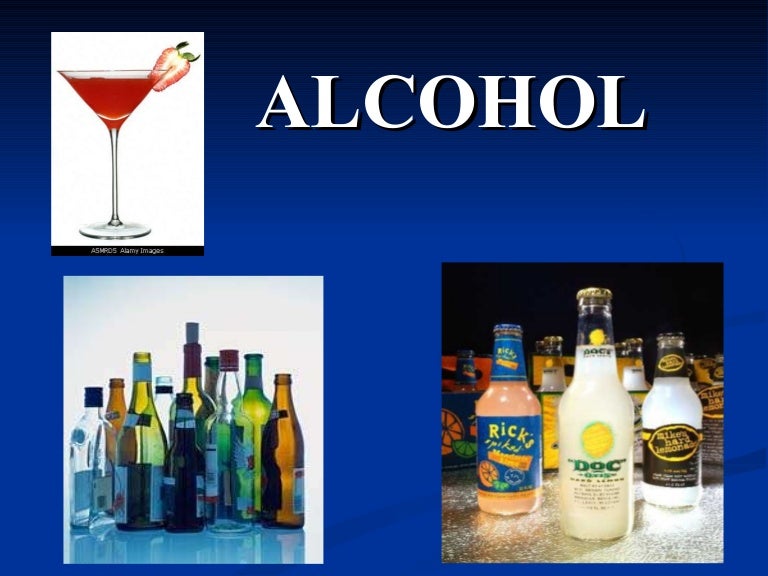
Keywords: Alcoholic liver disease Ethanol metabolism NNK Alcoholĭehydrogenase Aldehyde dehydrogenase Cytochrome P450 AbbreviationsĪctβ: Beta-Actin ADH: Alcohol Dehydrogenase ALD: Alcoholic Isoforms that are utilized in NNK and fatty acid metabolism. Metabolism, and ethanol and/or NNK exposures alter the expression of CYP450 NNK exposures inhibited CYP2B1 and CYP4A1 expression relative to NNK.Ĭonclusion: Dual exposures to ethanol and NNK increase hepatic ethanol Ethanol increased CYP2C7, while NNK increased CYP2B1Īnd CYP4A1mRNA levels relative to control. NNK had no effect on ADH, ALDH, or catalase, but whenĬombined with ethanol, it increased ADH activity above the levels measured Results: Ethanol significantly increased hepatic ADH but not catalase Levels (17 isoforms) were measured by qRT-PCR analysis. ADH, catalaseĪnd ALDH activities were measured using commercial kits. Treated with 2 mg/kg of NNK or saline (3x/week) in Weeks 3-8. The control and ethanol-exposed groups were each sub-divided and further i.p Injected with saline or 2 g/kg of ethanol 3 times/week during Weeks 7 and 8. Methods: This study utilized a 4-way model in which Long Evans rats wereįed liquid diets containing 0% or 26% ethanol for 8 weeks, and respectively i.p To explore this hypothesis, we examined effects ofĮthanol and/or NNK exposures on the expression and activity levels of enzymes Tobacco Nicotine-Derived Nitrosamine Ketone (NNK) results in somewhat lowerīlood alcohol levels, suggesting that NNK and therefore smoking, alters alcohol

Background: Chronic feeding plus binge administration of ethanol causes


 0 kommentar(er)
0 kommentar(er)
